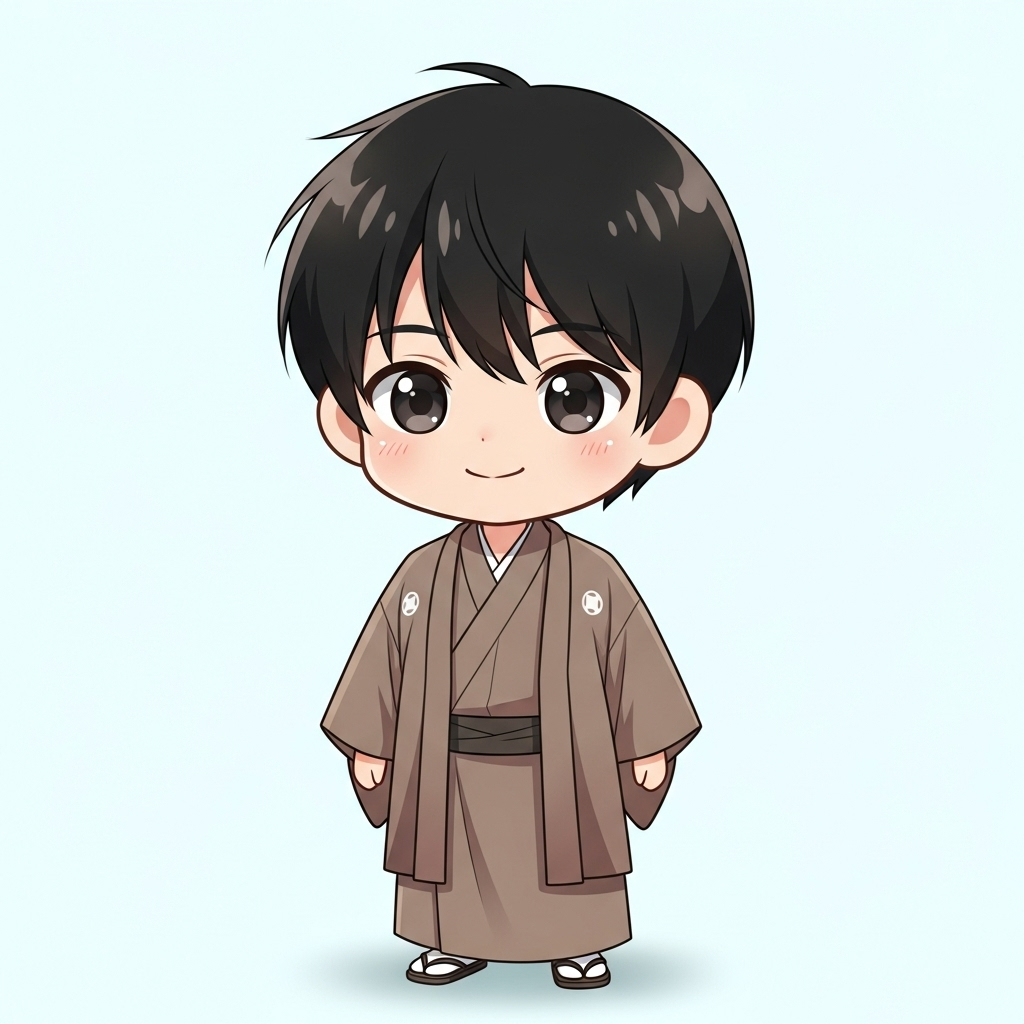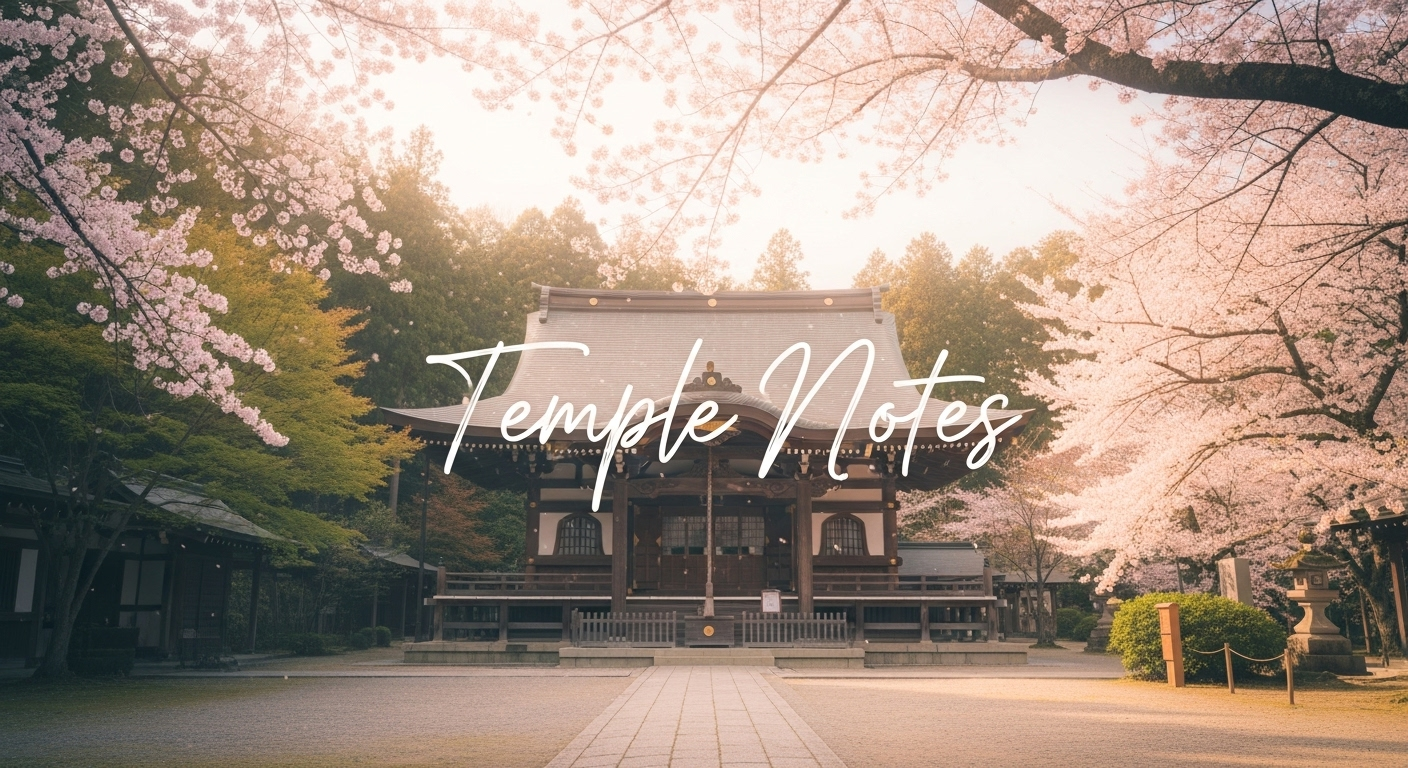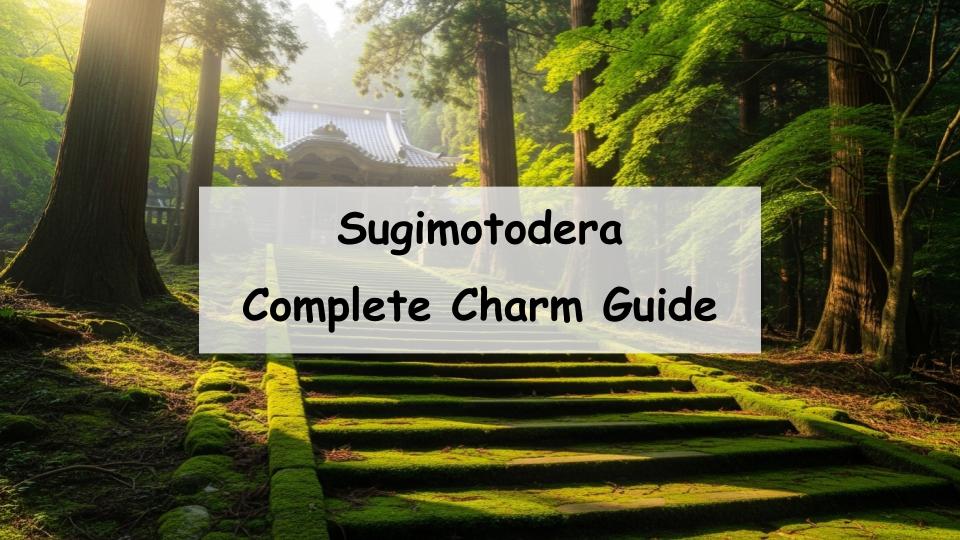Are you planning a temple-hopping trip in Kamakura and wondering, “What kind of temple is Sugimoto-dera? What are its highlights?” Sugimoto-dera is said to be the oldest temple in Kamakura, attracting visitors with its moss-covered stone steps and tranquil atmosphere. In this article, we will explore the history and features of Sugimoto-dera, its highlights, how to get there, and tips for enjoying your visit. By the end, you’ll understand the unique charm of Sugimoto-dera and be well-prepared before stepping into its serene grounds.
What is Sugimoto-dera? Its History and Origins
The oldest temple in Kamakura
Sugimoto-dera is widely regarded as one of the oldest temples in Kamakura, with traditions tracing its origins back to the Nara period. Its long history is reflected in the temple’s architecture and grounds, making it a special site where visitors can feel the weight of centuries.
Legends of its foundation
Several legends surround the founding of Sugimoto-dera, involving high priests and historical figures who contributed to its establishment. These stories highlight the deep cultural and spiritual significance the temple has carried throughout history.
Connection with the Kamakura shogunate
Over the centuries, Sugimoto-dera remained an important place of worship for the local community and often received restoration or support from influential figures during the Kamakura shogunate era. Walking through its grounds, one can feel the echoes of its historical importance.
Highlights and Features of Sugimoto-dera
The moss-covered stone steps
One of the most iconic sights of Sugimoto-dera is its moss-covered stone stairway. The rich green moss that has grown over time creates an enchanting, almost otherworldly scene. These steps are carefully preserved, and in some areas visitors are asked to use alternate paths to protect the fragile moss.
The main hall and sacred Kannon statues
The main hall houses the temple’s principal Kannon statues, which form the heart of its spiritual tradition. Known for their artistic and cultural value, these statues allow visitors to experience the quiet dignity of Buddhist sculpture up close.
Seasonal beauty in the temple grounds
Cherry blossoms and fresh greenery in spring
In spring, cherry blossoms bloom across the grounds, with lush greenery enhancing the beauty of the moss and wooden structures. The soft atmosphere makes spring an ideal time to stroll and reflect.
Autumn leaves and winter serenity
In autumn, the temple glows with vibrant foliage, while winter brings stillness and calm. Each season presents a new perspective, making Sugimoto-dera worth revisiting throughout the year.
Blessings and Visiting Tips
The blessings of the principal deity
As a temple devoted to Kannon, Sugimoto-dera is believed to offer blessings of peace, healing, and relief from suffering. Visitors are encouraged to approach their prayers with sincerity and respect.
The appeal of Goshuin (temple stamps)
Sugimoto-dera’s goshuin, or temple stamps, are a popular keepsake among pilgrims and travelers. They are available within the temple precincts, though hours and availability may vary depending on the season and events.
Etiquette when visiting
Visitors should keep in mind that Sugimoto-dera is a sacred place. Loud conversations, entering restricted areas, or ignoring signage should be avoided. The mossy steps can be slippery, so proper footwear and caution are advised.
Access to Sugimoto-dera
By train or bus
The nearest hub is Kamakura Station on the JR Yokosuka Line. While walking is possible, it takes some time, so taking a local bus bound for “Sugimoto Kannon” is the most convenient option. The bus stop is only a short walk from the temple gate.
By car and parking information
Limited parking is available near the temple, but Kamakura is a popular sightseeing area, and spaces often fill quickly. Public transportation is generally recommended, especially on weekends and holidays.
Exploring nearby attractions
Kamakura is rich in historic temples, shrines, and scenic walking trails. Planning your day to include Sugimoto-dera along with nearby landmarks ensures a rewarding and efficient visit.
Useful Information Before Visiting
Admission fees and hours
Sugimoto-dera usually opens from morning to late afternoon, with final entry allowed before closing time. Admission fees apply to support temple maintenance, and visitors are encouraged to check the latest information before their trip.
Photography rules
Photography is permitted in certain areas, but restrictions often apply inside halls or near sacred statues. Always follow posted signs and temple staff instructions.
Best seasons to visit
Spring and autumn are the most popular times, thanks to cherry blossoms and fall foliage. For a quieter experience, weekdays and off-peak hours provide a calm atmosphere ideal for reflection.
Conclusion: Experiencing the Serenity and History of Sugimoto-dera
Why travelers choose Sugimoto-dera
Sugimoto-dera is beloved for its unique combination of deep history, moss-covered steps, and sacred statues. Its serene setting makes it a favorite among those seeking quiet reflection as well as cultural discovery.
A must-visit spot in Kamakura
Easily combined with other attractions in Kamakura, Sugimoto-dera offers both a quick but memorable stop and a deeper exploration for those who linger. Be sure to check admission hours and plan ahead for a smooth visit.
A Message from the Guide

The thatched-roof main hall feels quite rare. It really gives a sense of history.









Comment